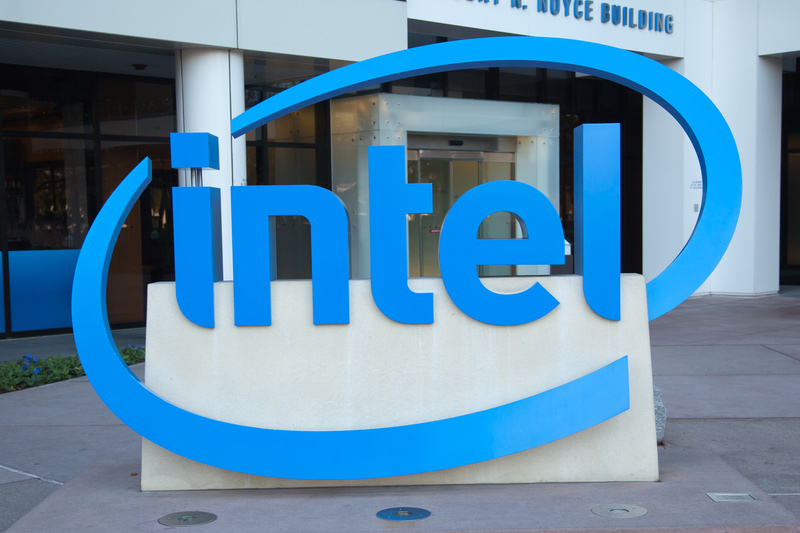Proactive Investors - Is Intel Corp (NASDAQ:INTC, ETR:INL)’s foundry gamble paying off?
This was a question posed last October, when the Silicon Valley stalwart posted a 299% increase in third-quarter foundry revenues.
Since 2021, Intel’s chief executive Pat Gelsinger has been on a mission to become a genuine competitor to the global foundry duopoly of TSMC in Taiwan and Samsung (KS:005930) in South Korea.
It is an incredibly specialised business heavily reliant on massive government subsidies in order to build out these multibillion-dollar foundries, which, for the uninitiated, are the manufacturing plants where Nvidia (NASDAQ:NVDA), AMD (NASDAQ:AMD), Apple (NASDAQ:AAPL), et al go to have their chips made.
To Intel’s benefit, the US government has indeed thrown around $8.5 billion worth of support behind Intel via the $39 billion 2022 Chips and Science Act.
This CHIPS Act aims to bring semiconductor manufacturing back onto US soil in order to reinforce supply chain resilience in the incredibly important semiconductor industry.
Intel is the largest benefactor of the CHIPS Act and combined with its own supercharged capital expenditure programme, has led to renewed interest in Intel as a genuine player in the chip-manufacturing space.
So, has Intel’s foundry gamble paid off? It was a tentative yes from the market last October, but it’s becoming harder to justify that optimism in 2024.
In second-quarter results published on Thursday, Intel Foundry revenues were down 1% point sequentially and up 4% year-over-year.
It’s not really a genuine comparison to those triple-digit gains we saw last year, since Intel has revamped how it reports on segmental revenues (a “clean sheet” approach, Intel called it).
But the reality is, Intel’s foundry business is bleeding money (a $2.8 billion loss in the last quarter) while failing to show substantial growth.
“We expect operating losses to continue at approximately the same rate in Q3,” management warned.
Gelsinger himself called Intel’s second-quarter performance “disappointing” while announcing a widespread cost-cutting programme that will see 15,000 people lose their jobs, plus a suspension of the dividend.
Now the question must be, why is Intel failing to make good on its foundry promises?
Node your customer
Semiconductor manufacturing sophistication is measured in nanometers.
Nanometers (nm) are a unit of measurement used to describe the size of ‘nodes’ on a chip, with the smaller the node, the more advanced the chip.
In other words, the smaller the node, the more transistors that can be printed onto a chip, thus the more powerful the chip.
It is a field of science beyond the grasp of the average mortal (such as this reporter), but it boils down to smaller node = better chip.
In the early 2000s, nodes were around 90nm before shrinking down to 22nm in the 2010s.
Today, the likes of TSMC and Samsung are producing 4nm chips, with 3nm chips not too far off.
Intel simply is not as advanced and has been playing catch up in this regard. Gelsinger has shouldered much of the blame for this.
In disclosing a $7 billion first-quarter operating loss in Intel’s first quarter, Gelsinger in April conceded that it was a mistake not to adopt extreme ultraviolet (EUV) technology when it could.
Only one company in the world, the Dutch lithography giant ASML (AS:ASML), makes this EUV technology, but it is an essential component to manufacturing chips at the cutting edge.
These EUV machines sell for hundreds of millions of dollars. That’s a lot, but given Intel’s huge capex allocations in recent years, it’s reasonable to criticise his failure to adopt this tech earlier.
In fact, Intel was forced to outsource the manufacturing of some of its own chip designs to TSMC because it simply wasn’t equipped to handle it internally.
Intel has since cemented a plan to catch up with TSMC and Samsung in the node race, but there the market is clearly sceptical, or at least tentative.
“We continue to believe Intel's longer term success is predicated upon successful execution of its fab strategy, and we will remain on the sidelines until we have more conviction on this front,” said Wedbush analyst Matt Bryson following Intel’s second-quarter results.
Intel now plans to scale back capital expenditure to reduce its debt pile, all the while trying to play catch up to the competition.
The net result? Intel is less valuable now than it was more than a decade ago.
